Olympus PEN-F Hands-On: Retro Reloaded
It's the impeccable retro charm you see when you first hold the Olympus PEN-F, but it's the addictive creative potential locked inside that lingers. Latest in the company's PEN line of rangefinders, it arrives to celebrate the 80th anniversary of Olympus' first consumer camera but, thankfully, is more than just a special edition.
The original PEN-F was undeniably groundbreaking. The first half-frame camera, it shed bulk by only using half of each 35mm frame at a time. You got a vertical photo every time you held it horizontally, but double the shots from a 36 frame roll and something you could fit into a large pocket.
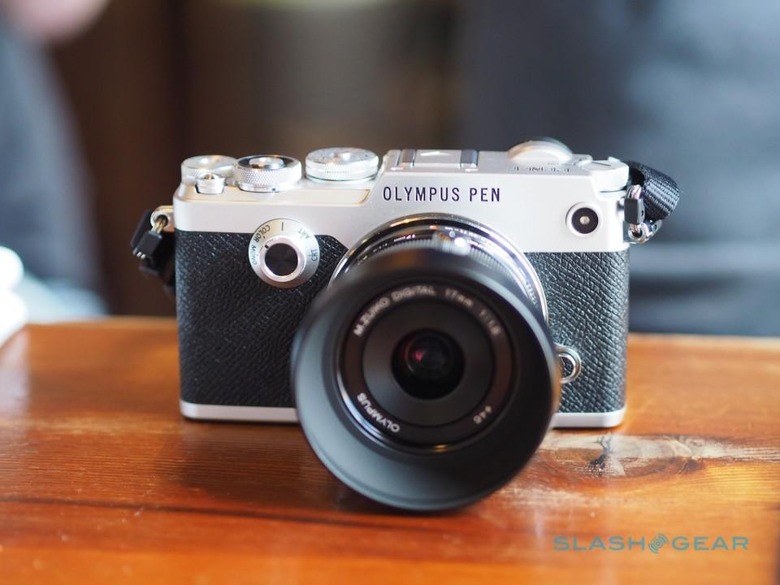
Olympus sold about half a million of them in the roughly seven years the PEN-F was on sale, a true tipping point in photography just as mirrorless cameras were to DSLRs.
A big birthday warrants a big present, and so 2016 brings the new Olympus PEN-F. Knowingly retro, it takes the original PEN and reimagines it for modern photography, online sharing and all.
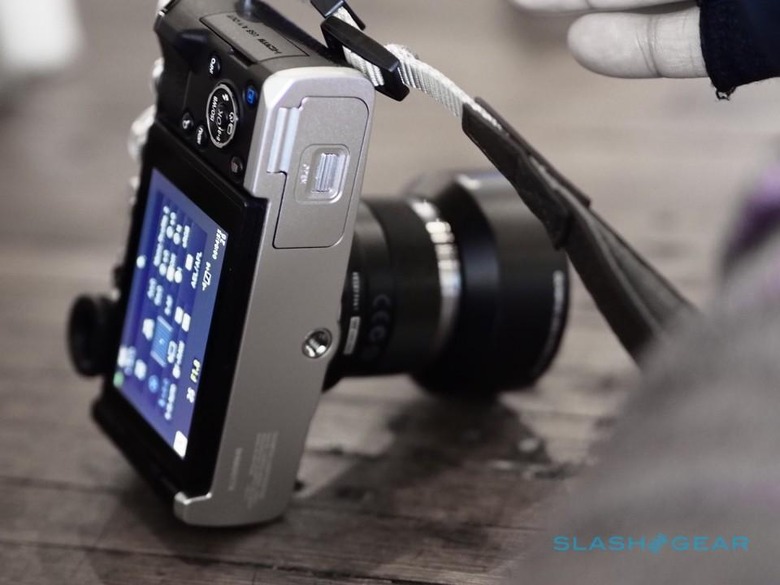
You can't knock Olympus' design and construction. While you might not notice it at first, there's not a single exposed screw anywhere in the build. Unfortunately, the body isn't weatherproofed – Olympus is keeping that for its OM-D series – but it does feel tough and resilient.
[gallerybanner p="424420"]
The knobs have a pleasing heft to them, clicking through with purpose. In fact, some could arguably be a little looser: the dedicated exposure dial, a first for Olympus, is very stiff, as is the Creative Dial on the front. Still, that's almost certainly better than being too loose.
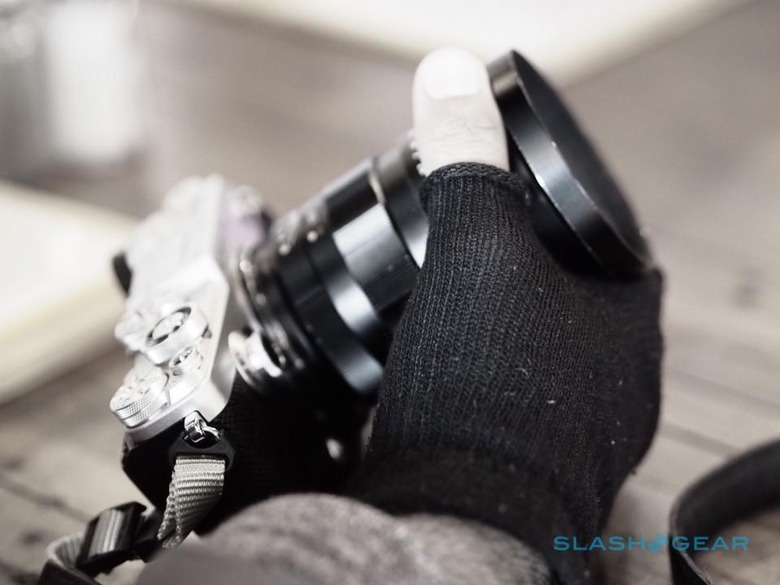
Aesthetically, the parallels between this new camera and the original PEN-F are striking. That could come off as a conceit, had Olympus not been so thorough: the milled aluminum dials all in the same places as the first PEN's controls, down to the AF illuminator standing in for an optical viewfinder lens; the shutter button is compatible with a standard threaded cable release.
That's not to say ergonomics have been sacrificed in favor of aesthetics. The leather-effect body is grippy and easy to hold; the indented divot for your right thumb has been lined with a tackier rubber so that it's more likely you can tote it single-handed.
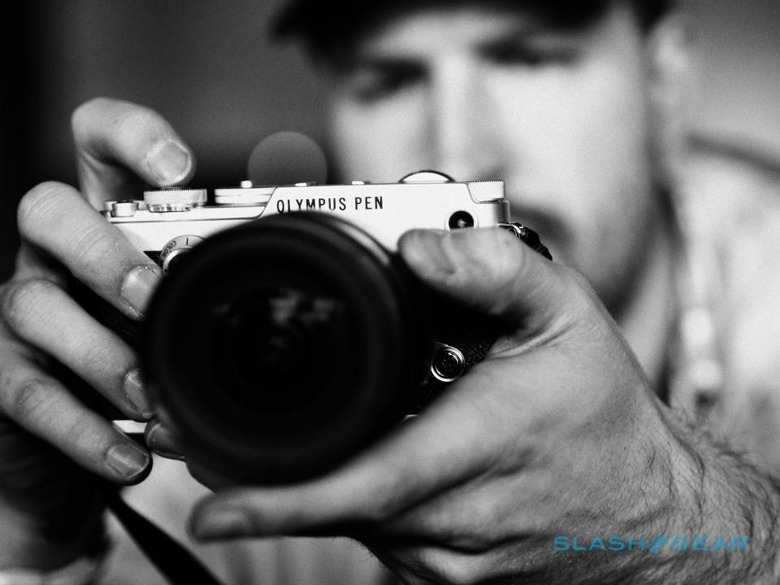
All that consideration would be for naught, were the PEN-F's photos disappointing. Happily, that's not at all the case, though you need to understand something of Olympus' intent to fully recognize the camera's real worth.
Note: All of the photos in this piece – including the shots of the PEN-F itself – were taken with the camera itself, and either Olympus' 17mm, 25mm, or (my personal favorite) 45mm prime lens. No post-processing has been done off-camera, beyond resizing.
[gallerybanner p="424311"]
Key is the Creative Dial on the front. It has five positions – normal, Monochrome, Color, Art, and Color Create (CRT) – and opens the door to Olympus' color profile control. At its most basic, it's a way of recreating the chemistry of some classic analog films but in the digital realm, though it's far more flexible than that.
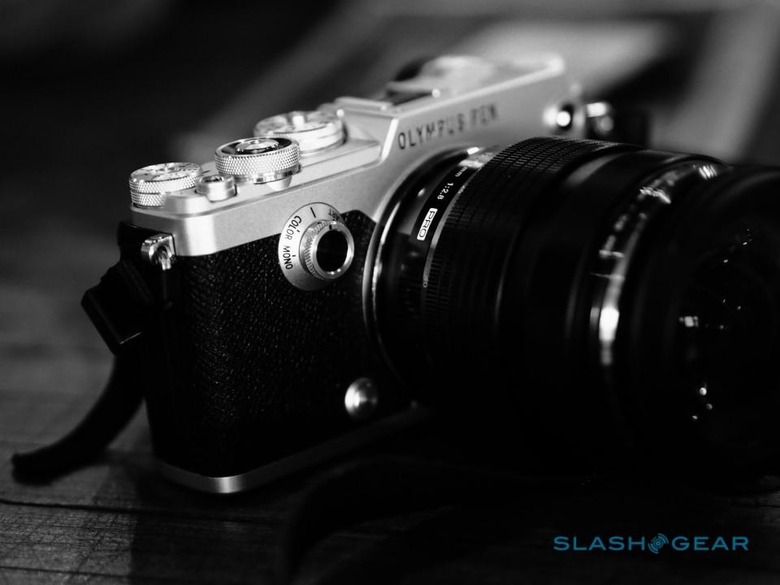
In Monochrome, then, you can adjust the highlight and shadow control, the film grain effect, shading, and overall tone of the picture. Olympus includes two presets – a classic film monochrome with high contrast, and a classic film infrared – but they can be tweaked and the adjusted version saved instead.

Since the company doesn't have licensing deals for specific trade names, it'll only say it's trying to model things like "one of the most popular 400 ISO black & white films", but you're likely to recognize the effect – either from the original chemistry, if you're a photography enthusiast, or from commonly-applied filters in apps like Instagram.

Switch to Color mode, meanwhile, and you gain control over individual saturation of twelve hues, with eleven levels of adjustment for each, together with highlight and shadow control. Again, there are presets – a deep-toned chrome film, and a high-saturation chrome film – which can be individually tweaked; or, you can pick out one of more colors in the frame to emphasize or reduce.
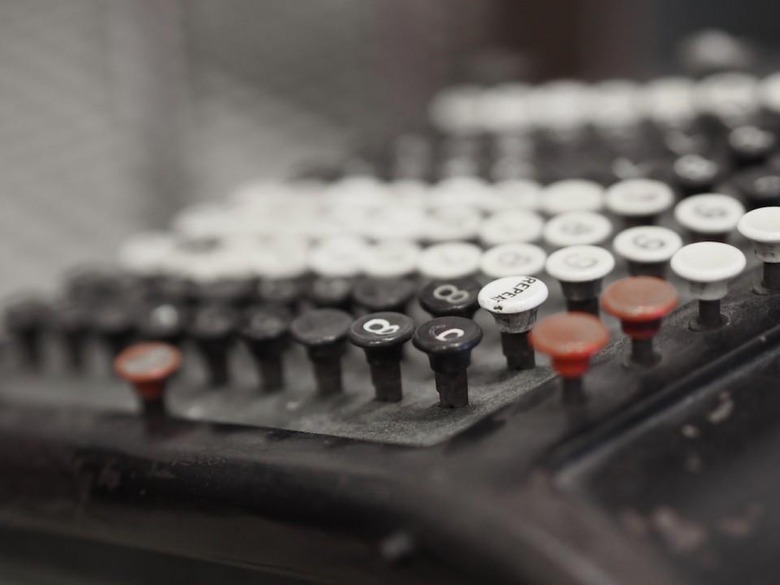
It's astonishingly flexible, and with a little familiarization you can make changes on the fly which significantly affect your photos. For instance, using the adjustment wheel in Color, you can desaturate the whole frame apart from just a distinctive jacket, perhaps, or the petals of a flower.

It can take a little trial and error, adjusting the twelve elements to see which look best. Unlike, say, Photoshop – where you can sample a specific color to identify it immediately – there's no way to select the exact part you want from the touchscreen. Sometimes it's the limitations of that display which can prove tricky: I was surprised at just how much grain was added in the second Mono preset, which I only saw once I was reviewing the images on my computer later on.

There are places I feel like Olympus could've sped up the workflow, too; you can reset everything to the default by holding down OK, but there's no one-button shortcut to completely desaturate the frame.

Nonetheless, the surfeit of physical controls – a new lever to control the color profiles, the dedicated exposure wheel, and the ability to assign your function of choice to the buttons and dials remaining – meant I soon built up some muscle memory. The Creative Dial saves the last settings you had, so you can quickly flick between your favorites in normal, Color, and Monochrome.

Similarly, there are now four custom preset slots on the mode dial up top, allowing you to save a snapshot of the current settings for later recall. Each of the four can have three different Color and three different Monochrome settings.
Given the similarities in engine to the OM-D range, it's no surprise that the PEN-F gets the core basics right. The 1/8000-second mechanical shutter has the shortest release time lag of any compact camera, Olympus says; it supports up to 10 fps, but the Silent Mode electronic shutter doubles that rate.

Thanks to the TruePic VII Image Processor there's a newly-extended ISO LOW mode, now equivalent to ISO 80, while High Res Shot Mode – which stitches eight pictures together into one mega-picture – now snaps at 50-megapixels.
While Olympus isn't playing up the video capabilities, it's effectively the same as you get from the E-M5 MkII. That means Full HD 1080 in your choice of 60p, 30p, 25p, or 24p; hit the dedicated video record button while in any of the creative camera modes, and the clip will be captured with the same settings.

There are features I'd love to see on other cameras. Use the excellent OLED viewfinder, for instance – offset to the extreme left, leaving your left eye unblocked – and the touchscreen can double as a trackpad to control the autofocus point. Olympus offers a high dynamic range mode for the viewfinder, too, more akin to what the naked eye would see through a traditional optical lens.
Perhaps already envisioning the sort of retro enthusiasts to whom the PEN-F will be photographic catnip, the camera supports manual labeling of legacy lenses. No more empty slots in the EXIF data: you can put in name, focal length, and aperture value for up to ten.
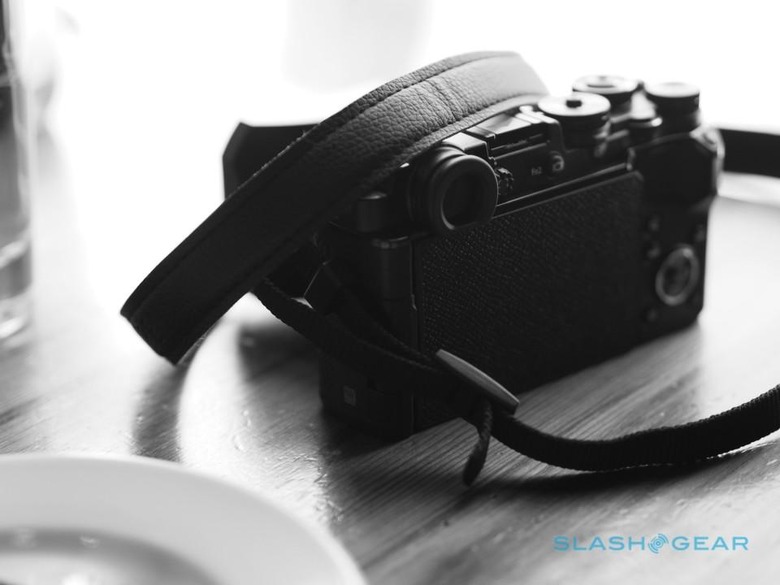
Then there's the price. Everything about the PEN-F story – the attention to detail, the high-end specifications and the miniaturization required to fit the small shell, and the flexibility of the in-camera controls – has been leading up to the inevitable punchline: this isn't a cheap camera.
In fact, body-alone it'll set you back a not-inconsiderable $1,199.99. Contrast that with an E-M5 MkII, at $999 body-only, or an E-M1 at $1,099.
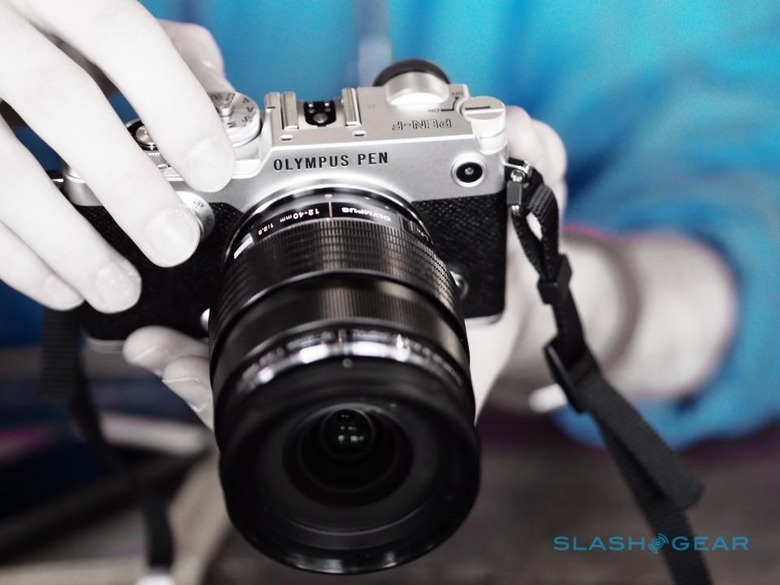
Whether you consider it worth that depends on the price you put on immediacy. Undoubtedly you could recreate any of the visual effects the PEN-F can apply with the original image and some degree of post-processing. In fact, with the rise of mobile photo editing apps, that needn't even involve a desktop computer and Photoshop.
The PEN-F's charm, though, is in how quickly you can do all that and not be taken away from the moment itself. It's like having a range of analog films on your utility belt, and of being able to swap them out frame by frame, and as fast as your appetite for experimentation demands.
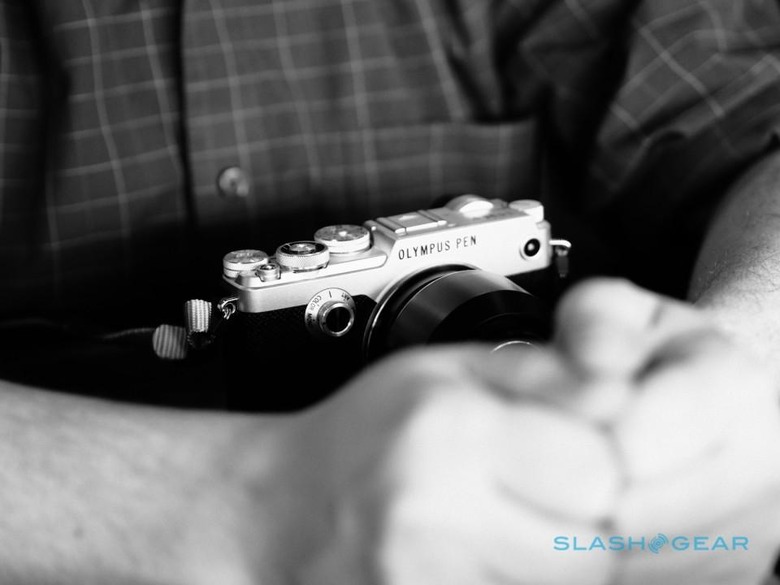
NOW READ: All the PEN-F details you need
Ironically, the Instagram generation which might be first to recognize the value of that is unlikely to be able to afford it.
As birthday celebrations go, the PEN-F is a fitting tribute to Olympus' anniversary. I can't help but wish that the next step involves that Creative Dial moving down through the range, bringing what's a legitimately intriguing and playful twist on rangefinder photography into the reach of more people.
